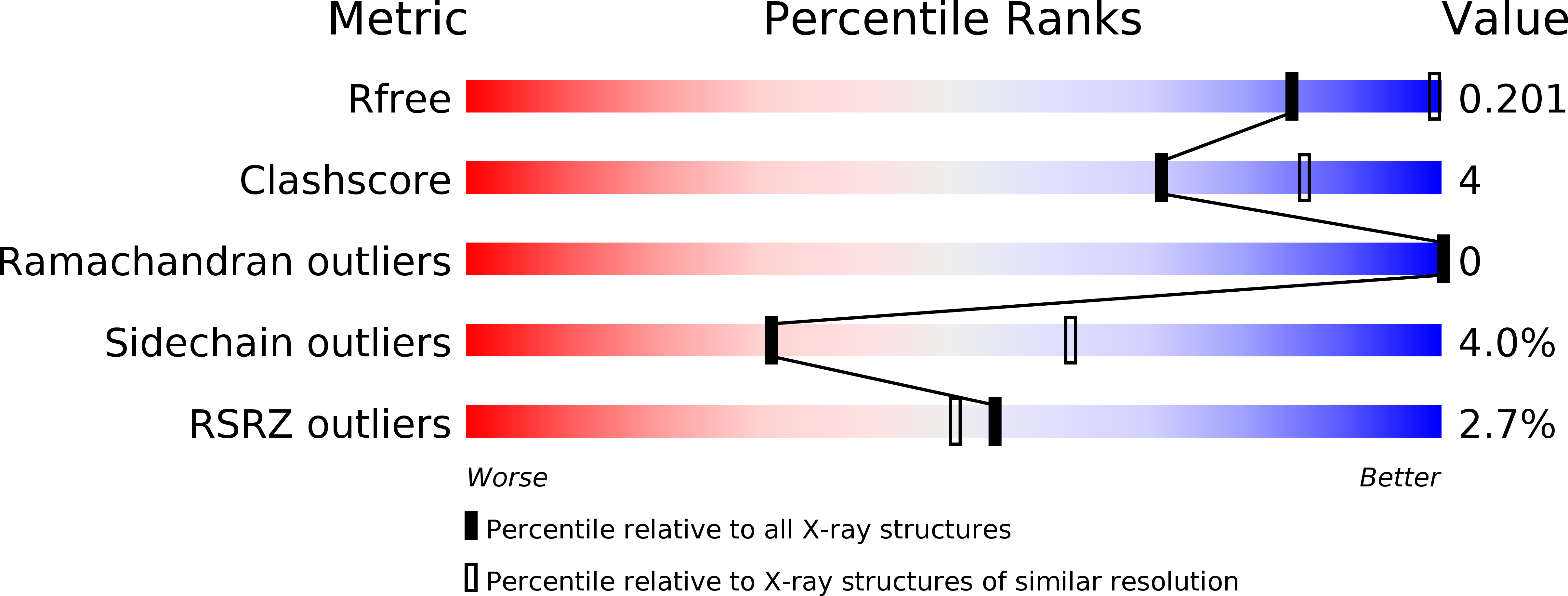
Deposition Date
2017-02-01
Release Date
2017-03-29
Last Version Date
2024-03-06
Entry Detail
PDB ID:
5UOP
Keywords:
Title:
CRYSTAL STRUCTURE OF THE PROTOTYPE FOAMY VIRUS INTASOME WITH A 2- PYRIDINONE AMINAL INHIBITOR (COMPOUND 18)
Biological Source:
Source Organism:
Human spumaretrovirus (Taxon ID: 11963)
Host Organism:
Method Details:
Experimental Method:
Resolution:
2.85 Å
R-Value Free:
0.20
R-Value Work:
0.18
R-Value Observed:
0.18
Space Group:
P 41 21 2


